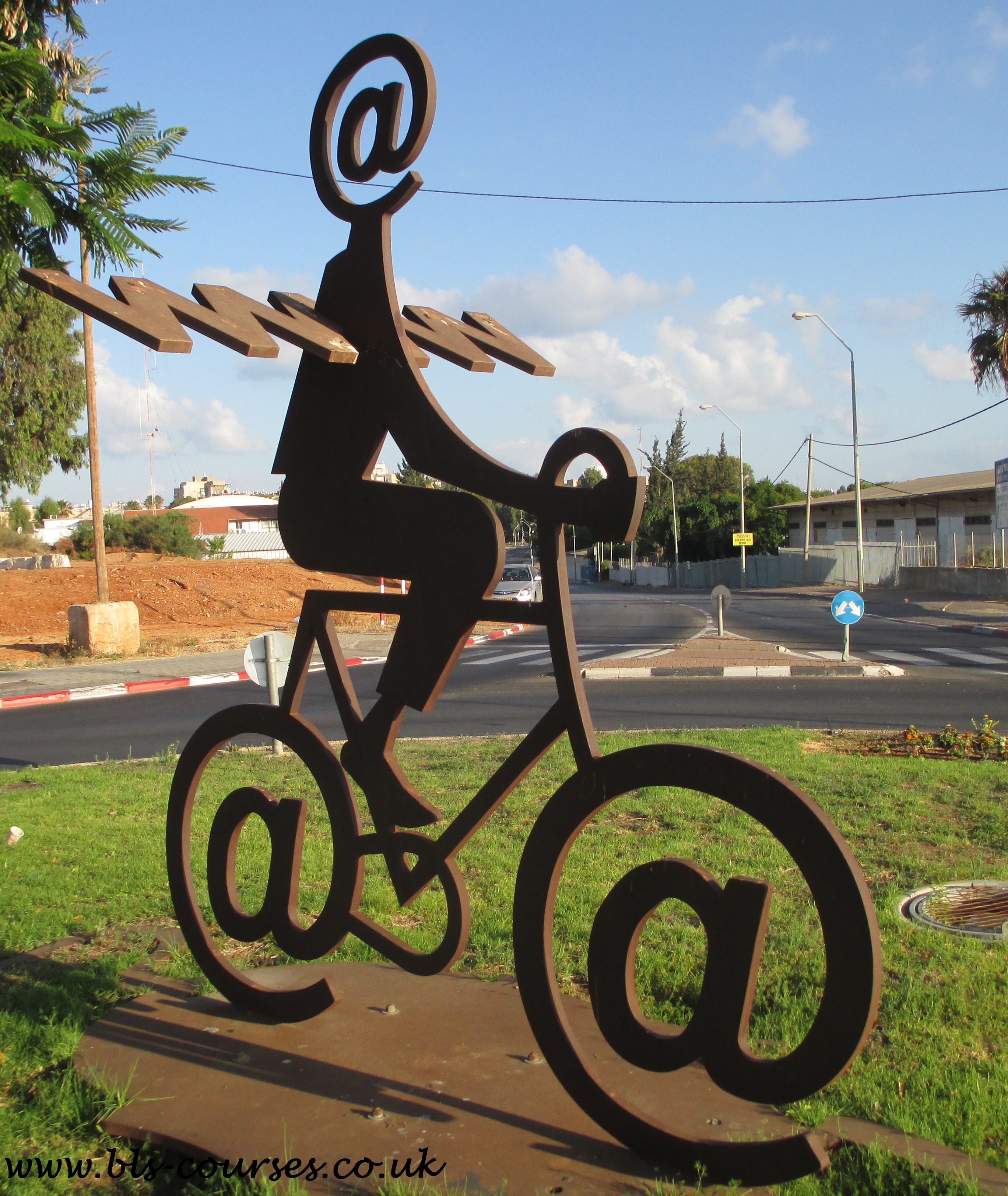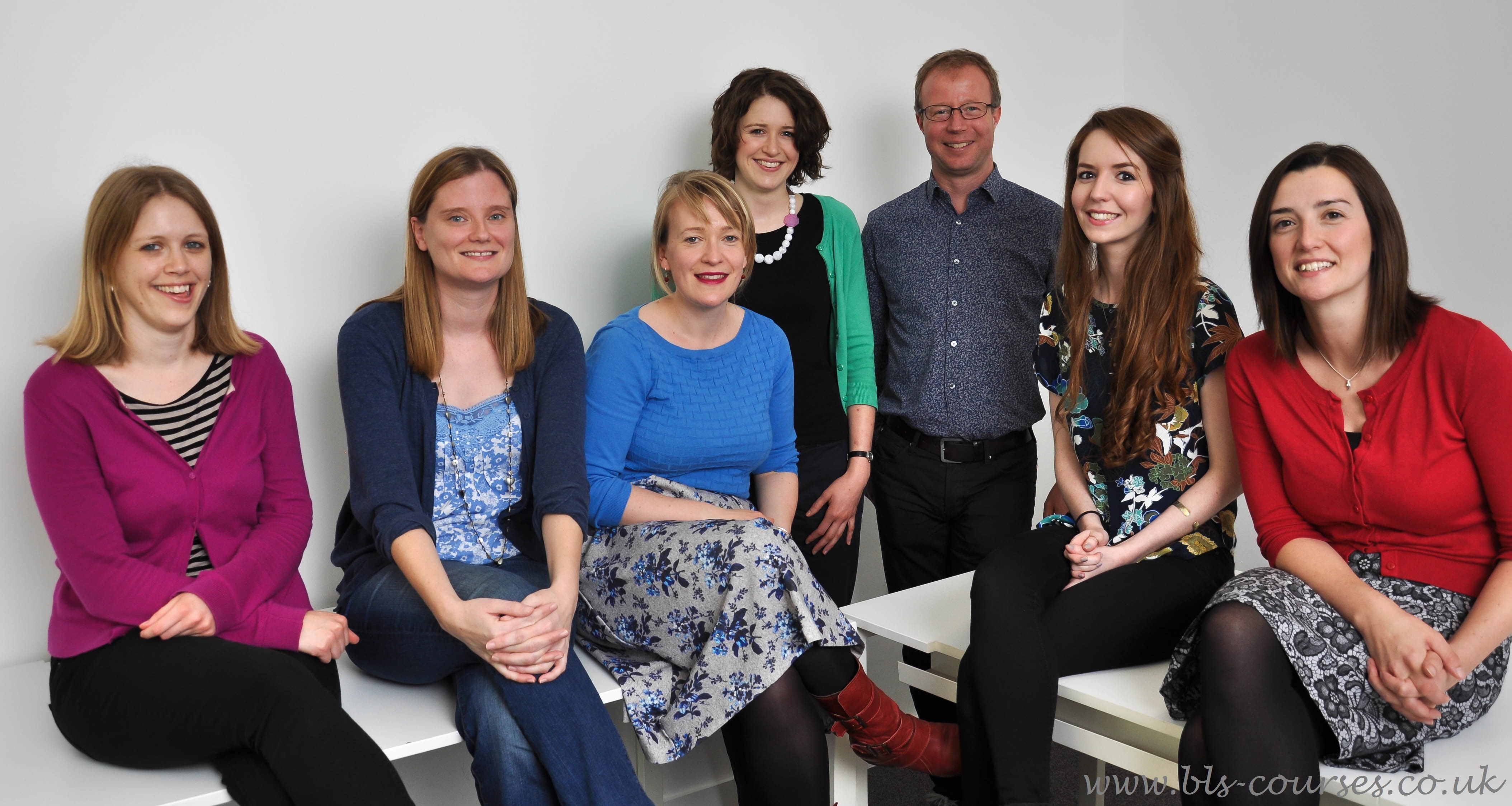With the advent of widespread access to technology, it has never been easier to find resources to help you learn a new language. If you use the internet, you can find a wealth of tools to support your learning that are fun and interactive and don’t break the bank. It is also easy to take these study aids with you. You can use online tools to supplement your learning when you have a bit of free time, on your commute, when you’re having lunch or waiting for the bus, or when you are at home in the evening.
Here are some examples of what the web can offer you.

Online Language Exchange Platforms
Traditionally, it has been hard to find ways to practice speaking the language you are learning outside the classroom. Luckily, video conference tools like Skype have now made it easier to talk to people all over the world. The online platforms below give you the chance to practice your speaking skills by either putting you in touch with a teacher you can have lessons with online or letting you meet native speakers in a more informal setting. You can also teach the language you speak via the online platforms. You might even make friends!
Here are a few examples:
Busuu
The most popular language exchange platform
Price: Mostly free, $17 to unlock all features
Good for: Interactive learning, meeting people
Learning style: Read, write, interact, Speak on Skype, Peer-to-peer corrections
Pros: Community, Practice with native speakers and be a tutor yourself, also a language-learning app (see below)
Languages: Arabic, English, French, German, Italian, Japanese, Mandarin Chinese, Polish, Portuguese, Russian, Spanish, Turkish
My Language Exchange
Practice your second language with a native speaker who is learning your language
Price: Free
Learning style: Meet people from the online community, practise with a native speaker, membership required
Pros: MLE hosts your online practice with lesson plans, text chat rooms
Languages: 115+
Italki
Choose a teacher online and schedule a lesson
Price: Pay by lesson
Good for: Interactive learning
Learning style: Live online lessons with professional teachers
Pros: You can define search variables
Languages: 70+
Easy Language Exchange
You can save your learning material with this platform
Price: Free
Good for: Interactive learning, meeting people
Learning style: Speaking to people online
Pros: You can save conversations and refer back to them
Languages: Several
HelloTalk
A language exchange app you can use like a messaging service
Price: Free to download, charges for extra features
Good for: Interactive learning, conversations on the go
Learning style: Chat by text or through short audio clips (like Whatsapp)
Pros: Conversation time divided equally, conversations are stored on your phone, translation and correction feature
Cons: Finding active partners can take time (depending on time of day and target language)
Languages: Over 100
Language Learning Apps
Language Learning Apps give you language exercises in an entertaining, bite-size format. They help you learn by using games and memory exercises, and you can set yourself targets and test yourself. They use a variety of learning styles, which can help you remember your newly-acquired knowledge.
Here are some examples of language learning apps, with a rundown of each one’s vital statistics.
MindSnacks
MindSnacks makes mobile learning games for iPhone, iPod Touch and iPad
Price: Free
Good for: Learning vocab
Learning style: Games, puzzles
Languages: Spanish, French, Italian, Japanese, German, Mandarin Chinese, Portuguese
Brainscape
Flash card-based learning with a free version or the option to pay
Price: Free to download, all lessons for $19.99
Learning style: Flash cards, writing tips
Languages: Spanish, Mandarin Chinese
Memrise
The Memrise community uses images and science to support your learning
Price: Free
Good for: Learning vocab
Learning style: Mnemonics, pronunciation guide, images
Languages: French, German, Mandarin Chinese, Russian
Babbel
Playing games will help you learn vocabulary with this free app
Price: Free to download, then $11 monthly
Good for: Learning vocab
Learning style: Games, puzzles
Pros: Wide selection of languages, saves your learning on your online account
Languages: Danish, Dutch, English, French, German, Indonesian, Italian, Norwegian, Polish, Portuguese, Russian, Spanish, Swedish, Turkish
AnkiApp
A flash card app for iPhone
Price: $24.99
Good for: Learning vocab
Learning style: Flash cards, memory activities, beat the clock challenges
Pros: Create your own flashcards
Languages: Several
Flash Sticks
Create your own flash cards
Price: The app is free to download; ‘flashsticks’ can be bought from £4.99
Good for: Learning vocab and pronunciation
Learning style: Either buy ‘post-it note’ style flashcards or make your own with your phone camera
Pros: Fun and playful style, language newsletter sent to you if you sign up
Cons: Just vocabulary
Languages: British Sign Language, English, French, German, Italian, Spanish
Duolingo
The most popular gamification-based language learning app
Price: Free
Good for: Learning vocab
Learning style: Games, earn points for correct answers, beat the clock
Pros: Bite-size lessons, progressive learning
Cons: No explanations, no grammar content, not natural conversation
Languages: French, Spanish
LingQ
An app that also links you to a community of speakers
Price: Free version with 5 lessons and 20 word lists or full version from $10/month
Good for: Learning vocab, practicing with speakers
Learning style: Games, intuitive learning, community of speakers
Pros: A lot of languages offered, interactive
Languages: English, French, German, Italian, Japanese, Korean, Mandarin Chinese, Portuguese, Russian, Spanish, Swedish and other languages in Beta
You can find a lot of video tutorials on YouTube just by searching ‘learn’ plus the name of the language you are learning. There are also educational channels dedicated to specific languages. Video tutorials can help you go over a grammar point, practice speaking and listening, get used to pronunciation and learn new words and phrases. The good thing about videos is that you can pause or go back if you need more time or want to hear something again. Most channels host several videos. It can be tempting to watch them all at once but try to limit yourself to learning one video a day, to make sure it is all going in!
Here is a taster of some videos to learn different languages:
Hindi
Korean
Mandarin Chinese
Turkish
Try Them Out
Now you have a few tools to keep you busy and which will hopefully make your learning more effective. Expanding the number of different ways you practice your new language will help you remember more and will make the process more stimulating. Good luck!
Written by Suzannah Young













